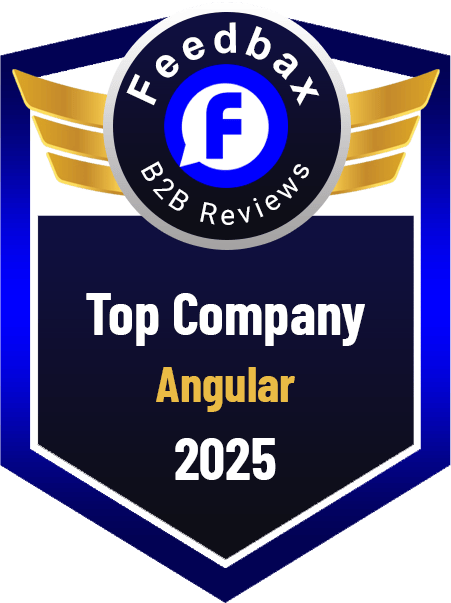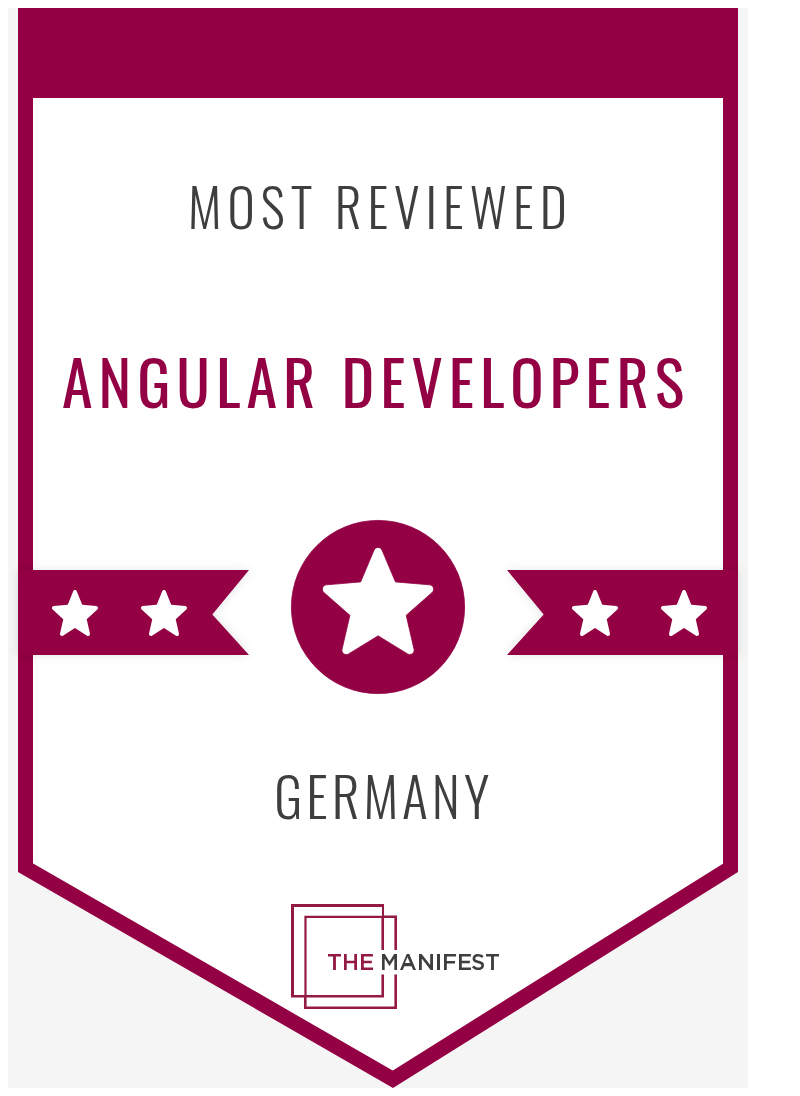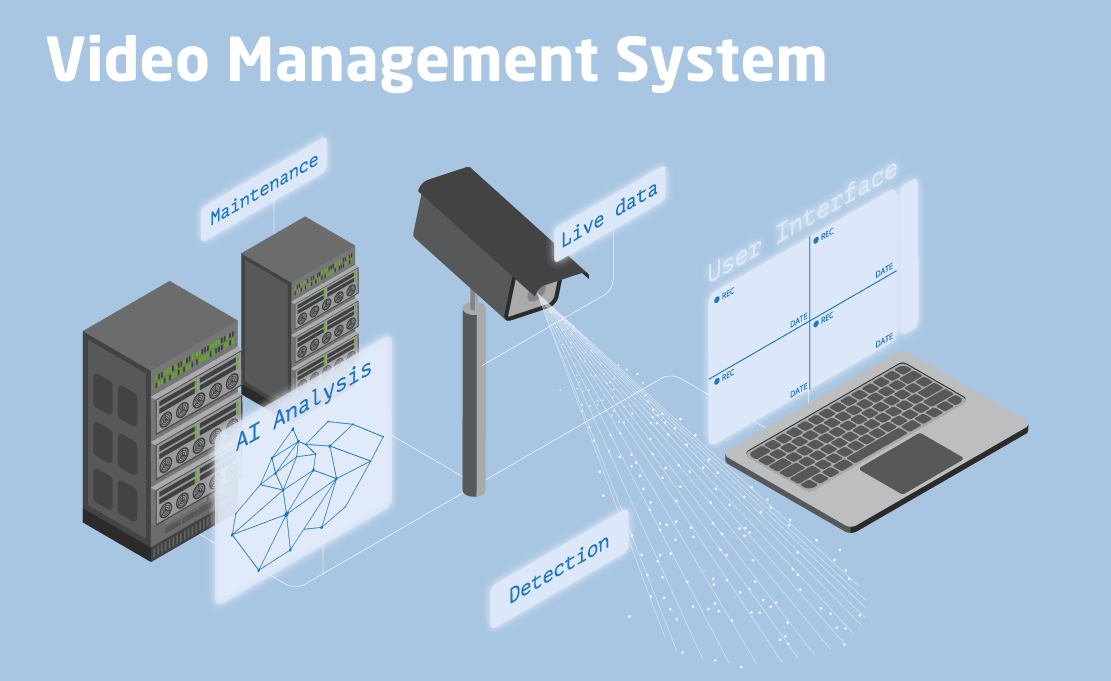Our Angular software engineering teams can assist in the implementation of scalable, robust, and performant web solutions. We offer the creation of single-page web apps, building of websites where high traffic is expected, the creation of web applications with UI animations, apps with the server-side rendering, and more.
Our software engineers can create PWAs with Angular, applications built leveraging standard web technologies with the UI/UX like in native apps. PWAs delivered by our teams can be launched across different OS and devices (for instance, desktop, mobile devices and tablets, cross-platform browsers).
Front-end developers can assist in creation of native desktop apps. With Angular engineers can create the client-side of the desktop applications. In the combination of Angular and Electron framework, it is possible to build apps for Linux, Windows, and MacOS. Electron serves as a connection between the web-based user interface and the desktop operating system, enabling you to bundle your Angular application as an independent desktop application.
Our development teams offer the migration of AngularJS applications to the newest Angular versions. The process is possible in 2 ways: Angular app development from scratch or incremental project updates through gradual components porting to Angular. The first option is suitable for small and medium applications, and the second – for large-scale solutions.
Our software engineering teams offer the delivery of the following solutions:
Angular is a suitable solution for the implementation of enterprise-level web apps due to its modular architecture and other sets of features. Our teams offer flexible approaches and Angular enterprise development services.
Angular consulting is aimed at reviewing, assessing, and boosting customers’ software products. Our services include and are not limited to project architecture consulting, audit of the source code, review of the documentation, and more.


In the monolithic architecture approach, web applications are delivered as a monolith, where components are treated as a single application. For the updating of the monolith solution, it is needed to make the deployment of the entire application. For the back-end part, this was changed with the microservices approach, where each module is developed as an autonomous service and can be deployed independently from other ones. For the front-end part, micro frontends came in handy. Within this approach, the single application is divided into small apps. Angular micro frontends can be developed and deployed by different teams. In general, application architecture depends on the needs, goals, and requirements of the business.
If we talk about project from scratch while providing Angular development services our experts analyse the product, its functionality, scaling requirements, etc., choose a suitable solution and consult the customer on the project architecture, taking into account the above factors.
Below is an example of monolith & Angular micro front-end architecture.

Chudovo team delivered its client the B2B platform for IT outsourcing services with .NET on the back-end and Angular on the front-end. The marketplace connects startups, SMEs, and enterprises with software providers that can take over the realisation of their IT projects. The digital platform has been successfully operating since 2019, has more than 2,000 registered companies, and is a flexible solution for IT outsourcing.

Our R&D team took part in the video management software project. The German client serves governmental organizations, airports, manufacturing plants, prisons, etc. with its existing desktop VMS solution. The main task of our specialists was to gather knowledge and identify how to transform the existing solution and provide its web version with the microservices and micro frontend architecture. VMS is a combination of software and hardware to track the events from cameras, sensors, etc. Chudovo engineering teams executed research and development of the next version of the solution. Besides, in the project were involved other team members – business analyst, tester as well as DevOps.

Telemedicine .NET and Angular application development from scratch was the main objective of the cooperation with the Belgian medtech company that offers its e-health solutions. The customer’s company is steadily expanding and developing its solutions with additional functionality, gradually increasing the number of organizations and countries that use their services (more than 1000 clients dated November 2023).
Angular is a full-fledged framework designed for application tdevelopmen. The Angular platform itself is built on TypeScript. This platform combines the following:
Angular was first announced in 2009. Software engineers Misko Hevery and Adam Abrons worked on developing this framework. The first version of Angular was finally released in 2010 under the name AngularJS. It was written in JavaScript. AngularJS was supposed to be a revolutionary solution in front-end development. It gained wide recognition and was often used for the creation of applications. After some time it turned out that AngularJS is not scalable enough. As a result, the framework was fully rewritten. The new version was released under the name Angular 2 in 2016. From this point in time, Angular is released ~approximately once every six months with enhancements considering all modern trends and developer needs.
Our teams can implement projects from scratch as well as join the ongoing Angular projects. Chudovo front-end teams took part in projects, distributed by the industries: healthcare, business services, logistics, education, and more. The full case studies list is available in the Chudovo portfolio. Chudovo experts offer the following:
The reasoning for the Angular outsourcing:
Chudovo offers the following options: